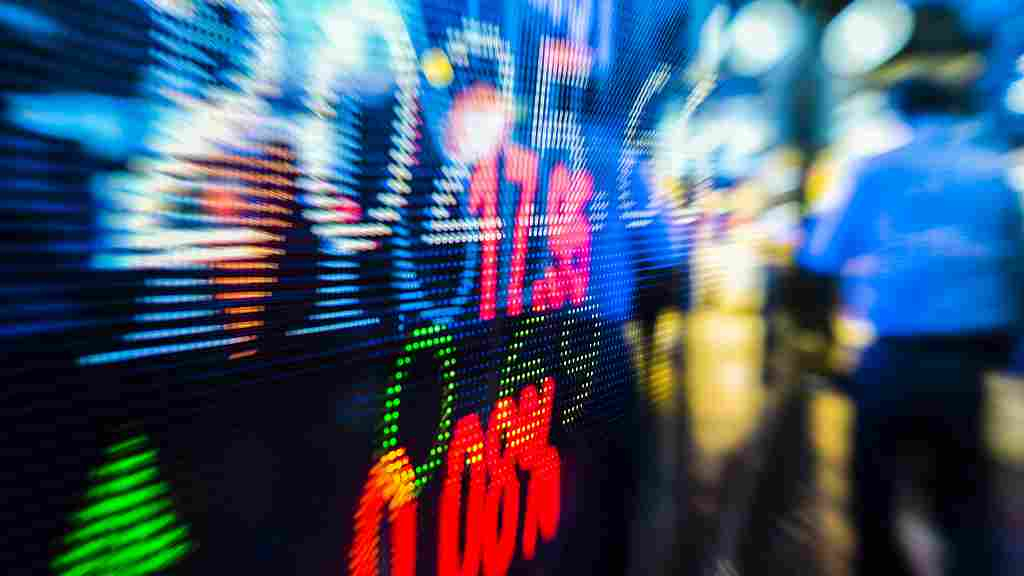
Markets
17:24, 28-Feb-2019
What's behind China's latest stock market bull run?
Nicholas Moore

The year 2019 has seen China's stock markets go from the world's worst performers to the best, with investors pumping a trillion yuan into equities since the beginning of the year. How long can this ride last, and have investors and regulators really learned their lessons from 2015?
Monday and Tuesday saw combined trade volume on the Shanghai and Shenzhen indices hit one trillion yuan (149.3 billion U.S. dollars) each day, with the number of newly registered investors soaring by 53 percent in the past week.

One trillion yuan has been pumped into China's A-share indices since the start of the year. /Refinitiv image.
One trillion yuan has been pumped into China's A-share indices since the start of the year. /Refinitiv image.
The Shanghai Composite Index is up by around 20 percent since the start of the year, pulling back from the bear market at the end of 2018, which saw it drop by 23 percent.
Signs of easing trade tensions between China and the U.S. have been one factor behind the sudden confidence boost among investors looking to pick up stocks while prices remain relatively low, but is trade speculation enough to justify investment of one trillion yuan?
A notice published on the website of the China Securities Regulatory Commission (CSRC) on Monday warned investors to “invest rationally and guard against risk,” while telling securities companies to “closely monitor abnormal transactions” and “strictly manage” margin trading customers.
Margin trading, which sees investors borrow capital to invest in the stock market, was first permitted in China in 2010 alongside short-selling. Margin debt fueled the 2015 stock market bubble, which collapsed dramatically in June that year, wiping out 30 percent of assets within three weeks.
Prior to the stock crash, margin debt stood at 2.2 trillion yuan, equivalent to 3.5 percent of GDP.

VCG Photo
VCG Photo
In response, China stepped up its supervision of margin trading, making it harder for investors to borrow money to pump into the stock market. By December 28 last year, margin debt was worth only 749 billion yuan (108.9 billion U.S. dollars), according to the Shanghai and Shenzhen Stock Exchanges.
Authorities have slowly been winding down restrictions on the stock market, with requirements for margin trading and short-selling on stock index futures trading eased at the end of last year.
On February 1, the CSRC published a notice, saying that it would allow hedge funds to work with brokers through electronic trading systems again, a practice that was banned previously in 2015.
After that ban, fund managers had to handle trades manually, rapidly slowing down the volume of activity in the market.
Despite the painful losses of 2015, the CSRC's statement on Monday warning against risks shows growing concern that margin trading is returning, despite increased regulation.
Chinese margin trading platform Dingniudai, the slogan of which is “I give you money, you trade stocks,” has been promising investors 1:10 funding.

A screenshot from Dingniudai's margin lending platform. Clients are offered 1:7, 1:8, 1:9 and 1:10 with increasing interest rates. /Via website of Dingniudai
A screenshot from Dingniudai's margin lending platform. Clients are offered 1:7, 1:8, 1:9 and 1:10 with increasing interest rates. /Via website of Dingniudai
That means for stock speculators with five million yuan (747,000 U.S. dollars), the platform is willing to loan them 50 million yuan at a monthly interest rate of 1.5 percent.
Bloomberg reports the offer has been so popular, that Dingniudai has maxed out its available monthly capital.
China Daily also says that several middle-man platforms have grown popular in recent weeks, offering 4:1 margin lending services.
Beijing Youth Daily spoke to securities firms in the Chinese capital handling over-the-counter trades, where numbers have skyrocketed to 78 clients per day, up from “two to three people per day” in January.
While trading volume hit one trillion yuan earlier this week, that still remains half of the amount being traded at the height of the 2015 bubble. The CSRC, in its statement, has made clear it is watching margin lenders carefully, now armed with greater power to act early before speculation gets out of control.

SITEMAP
Copyright © 2018 CGTN. Beijing ICP prepared NO.16065310-3
Copyright © 2018 CGTN. Beijing ICP prepared NO.16065310-3